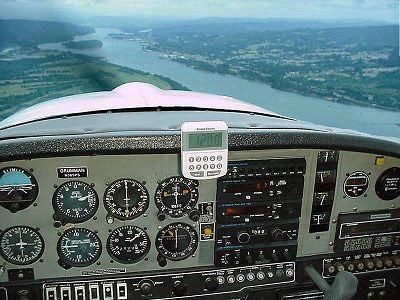asechrest
En-Route
I'm looking seriously at joining a club with an Archer. All but 1.4 of my 90 hours is in 172s. I flew this 172M 150HP for much of my training and after-PPL flying. This Archer II 180HP is the club plane.
Mission will involve myself, girlfriend, two kids ages 10 and 7. For the forseeable future we'll do day and weekend trips around central and southern Florida. I flew my FBO's Warrior 160HP with my instructor just to get the feel of a Piper. I really enjoyed it in the pattern and on approach and landing. I am concerned about egress from the single door in the event of ditching or emergency landing. Otherwise it seemed a fine airplane.
I'm mainly looking for some general comments on what to look out for and/or focus on as a mostly-Cessna pilot converting to an Archer. Provided the links to the actual planes if that helps. Thanks in advance.
Mission will involve myself, girlfriend, two kids ages 10 and 7. For the forseeable future we'll do day and weekend trips around central and southern Florida. I flew my FBO's Warrior 160HP with my instructor just to get the feel of a Piper. I really enjoyed it in the pattern and on approach and landing. I am concerned about egress from the single door in the event of ditching or emergency landing. Otherwise it seemed a fine airplane.
I'm mainly looking for some general comments on what to look out for and/or focus on as a mostly-Cessna pilot converting to an Archer. Provided the links to the actual planes if that helps. Thanks in advance.



